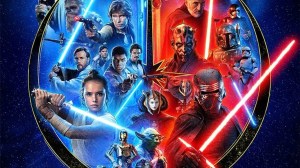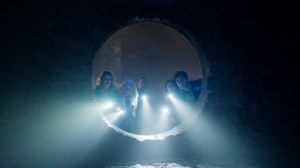It’s no secret that the Star Trek franchise wouldn’t be what it is today without some extremely passionate fans! As Trekkies, we’re not content to watch idly; indeed, there’s nothing we love more than coming up with a good old fan theory or two, some more logical than others. Over nearly 60 years, we’ve poured over thousands of hours of episodes to piece together those hidden details, inconsistencies, and connections. Out of that scrutiny have come some truly fascinating fan theories, the kind that don’t just reframe a single episode but change the way we see iconic characters altogether.
Videos by ComicBook.com
Whether it’s questioning if Sisko could be the literal foundation of Bajoran faith, or pondering if Lore pulled the greatest con in Trek history, these theories highlight a major reason that Star Trek has been able to thrive for all these years — its timeless characters about whom fans can endlessly speculate and analyse. In a franchise that thrives on boldly going where no one has gone before, fan theories are just another important form of exploration. While these theories might never become proven canon, they reflect how deeply Trek fans engage with their favourite crew members.
From temporal paradoxes to unsettling twists about beloved officers, these are some Star Trek theories that change how we view some of the franchise’s major characters.
7) Benjamin Sisko Was the Founder of Bajoran Religion
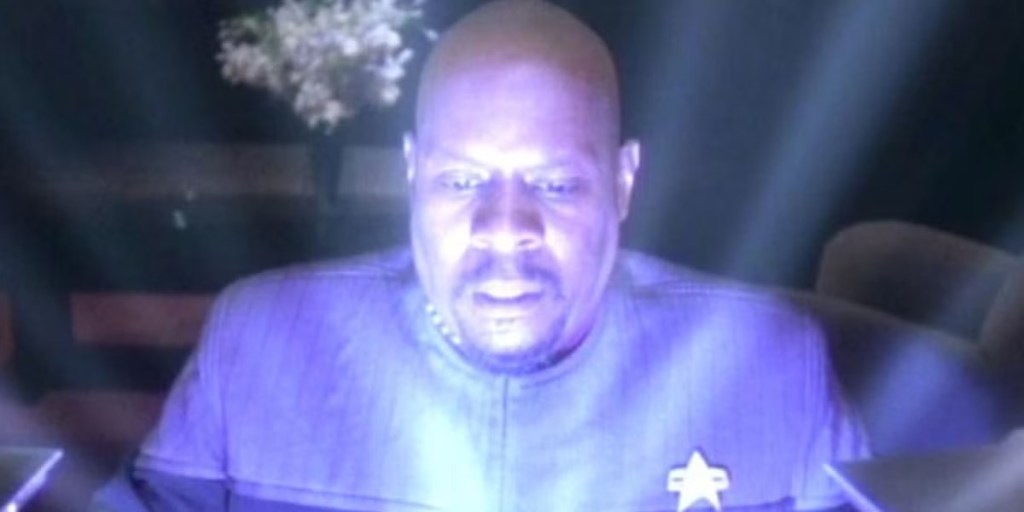
Deep Space Nine made Captain Benjamin Sisko somewhat unique as a Starfleet Captain by giving him a spiritual destiny as the Bajoran Emissary of the Prophets. But one fan theory suggests he wasn’t simply a randomly chosen emissary designated through prophecy — in fact, due to a strange timey wimey paradox, he was the first emissary and the origin of the entire Bajoran religion.
We already know the prophets engineered Sisko’s very existence by inhabiting his mother’s body and orchestrating his birth. However, because the Prophets exist outside linear time, it’s entirely possible they did this because they already knew he would one day enter the wormhole and meet them or had already experienced this. That means his role as Emissary wasn’t foretold by prophecy; the Prophets created the prophecy because of their knowledge of him. From their perspective, Sisko always was, and always will be, their Emissary. This paradox doesn’t just reframe Sisko’s story — it reshapes Bajoran religion, making Sisko the foundation of the faith rather than a fulfillment of it. Since Sisko taught the prophets about linear time, it also seems like their encounter may have been a very strange form of ‘first contact’ since anything can be a first for the prophets.
6) Seven of Nine Was Sent to Voyager Deliberately
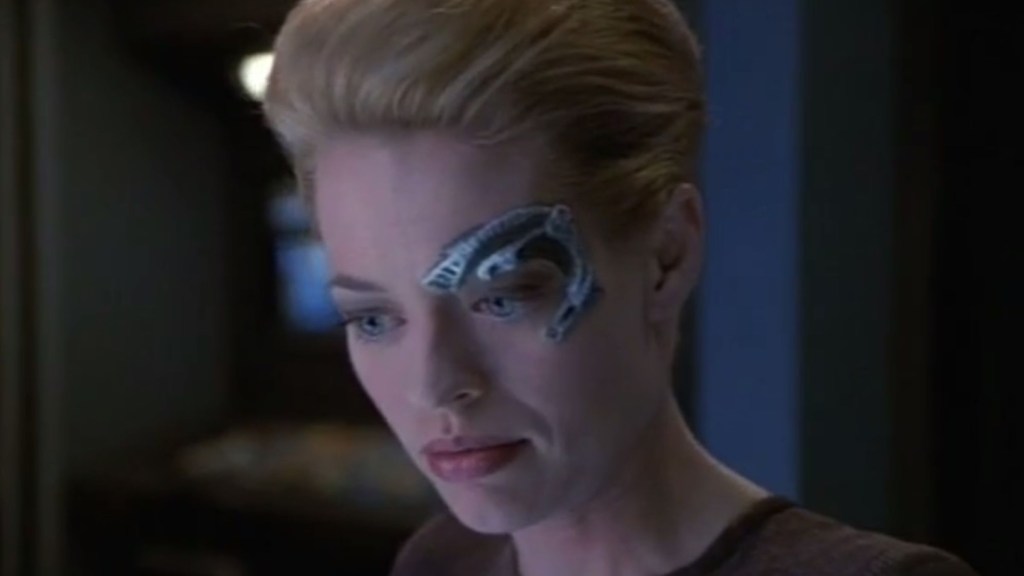
Seven of Nine’s arrival on Voyager changed the series for the better, but was her joining the Voyager crew all part of a Borg master plan? One fan theory suggests the Collective intentionally let Seven be “liberated” (unbeknownst to even Seven herself), allowing her to get embedded with the crew to gain their trust, unknowingly feeding back information to the Borg. It’s a bit of a stretch, but this theory links in to the wider fan theory that the Borg are deliberately ‘losing’ to the Federation time and again to ‘farm’ Federation technology, forcing Starfleet to develop better and better defense tactics and technology so that when they do eventually get assimilated, it will be all the sweeter pickings for the Borg. It does seem odd that a force as mighty as the collective could be continuously beaten by Captain after Captain.
If this theory is true, Seven’s redemption arc becomes even more complicated: was she ever truly free, at least to begin with? Still, if Seven was in fact an unwitting double agent for a time, the joke’s on the Borg, while her presence on Voyager potentially gave the Borg the advantage for a while, her unmatched knowledge of Borg tech actually gave Voyager an edge in survival, and of course, eventually backfired.
5) Beckett Mariner Was a Prisoner of War on DS9
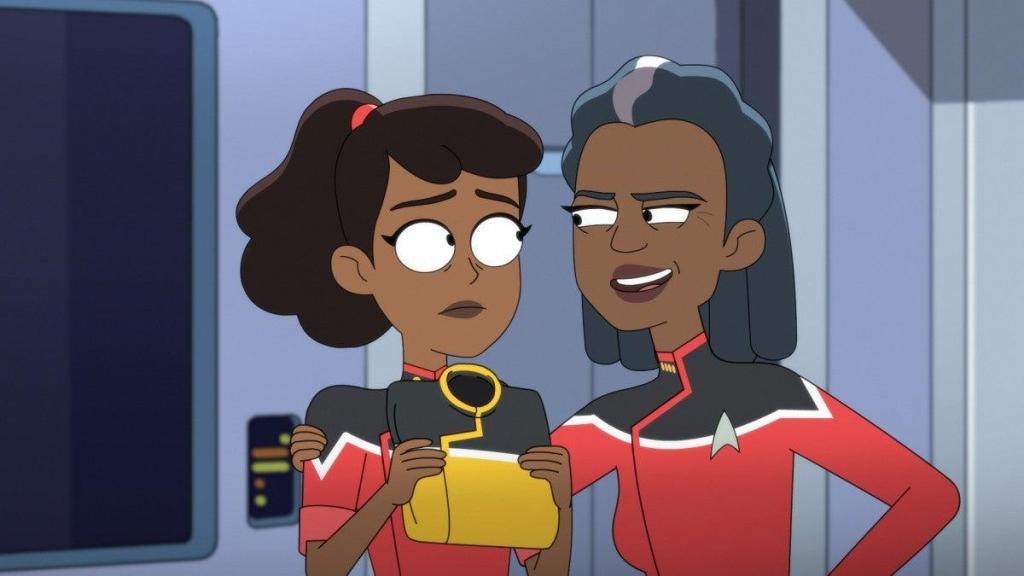
Lt Beckett Mariner is perhaps one of the funniest characters on Lower Decks, and she’s often played for laughs, but the rare details we get about her history hint at something far darker. In the Season 1 episode “Envoys,” Mariner mentions surviving a Klingon prison and even fighting a yeti for her shoes. Pieced together with her being stationed on Deep Space Nine during the Federation-Klingon War, fans theorize it’s likely she may have been imprisoned as a captured POW.
Later episodes, like “Hear All, Trust Nothing,” emphasize her lingering trauma and survivor’s guilt from the Dominion War. If it’s true that her not-so-fond memories of her time on Deep Space Nine are due to having been captured by the Klingons while she was there, it reframes Mariner’s rebellious streak and sense of humour as a coping mechanism for experiences that were anything but comedic.
4) Garak Was Actually a Double Agent for the Federation

Elim Garak is one of Trek’s most complex characters: a “simple tailor” with a murky past in Cardassian intelligence. But what if his work on Deep Space Nine wasn’t simply a career change, but an assignment? Garak’s loyalties are never 100% clear. While he mostly serves Cardassia, he’s seemingly mostly concerned with his own interests, and he’s neither an ally nor an enemy to the Federation.
Some fans believe Garak was actually working as a double agent for the Federation all along. It would explain how Starfleet allowed a known spy to live freely on the station and why he so often helped the crew against Cardassian interests. If true, Garak’s sardonic quips and cryptic wisdom carry even more weight — the ultimate chameleon who fooled not just his enemies, but audiences too.
3) Nick Locarno and Tom Paris Are the Same Person
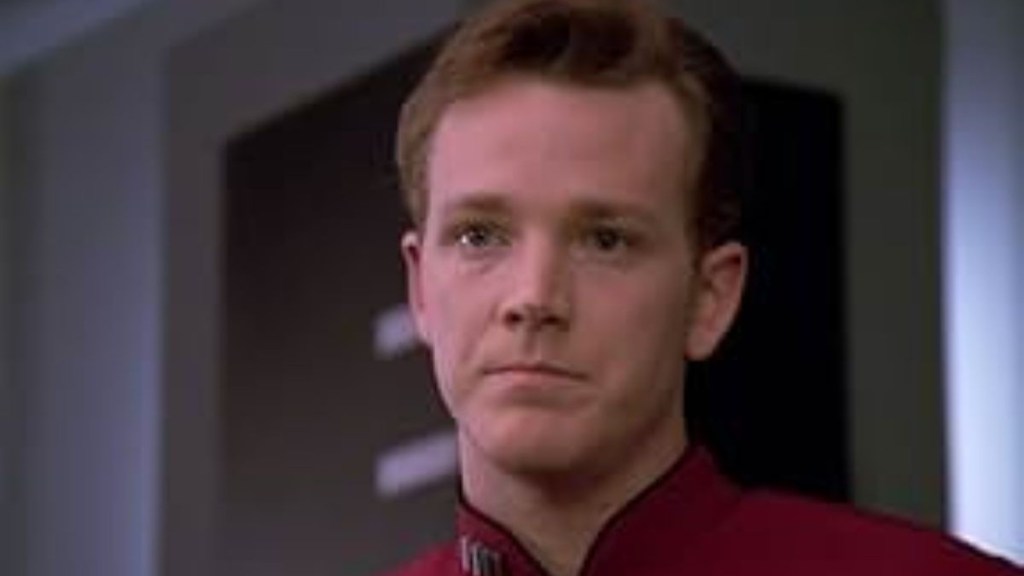
This one might as well be a fact! When Robert Duncan McNeill appeared in Voyager as Tom Paris, fans of course noticed he obviously looked exactly like Nick Locarno — a disgraced Starfleet cadet who McNeill had played in The Next Generation, with a remarkably similar back story to Paris’s. The real-world explanation for this is that Tom Paris’s character was originally intended to be Nick Locarno, however legal issues arose, and Voyager’s writers couldn’t use the name “Nick Locarno” and explicitly bring back the character. They also felt that Locarno as a character wasn’t quite so redeemable and so settled for a new character heavily inspired by the original who they could give a better redemption arc.
The in-universe theory of course, is that Paris is Locarno under a new name, having snuck back into Starfleet after Kirk-level rule-bending. It’s a nice idea, and gives Paris’ story added depth — a redemption arc that stretches across series.
2) Lore Secretly Replaced Data

At the end of TNG’s seventh season, fans breathed a sigh of relief when Data finally defeated his villainous brother Lore. Or did he? Some fans speculate it was actually Lore that survived, killed Data, and took his place. While this theory could potentially explain Data’s somewhat out of character behavioral shifts in the subsequent TNG films, where his arc seems darker and less consistent with the character we knew, it does seem a bit of a stretch.
While Lore had previously showed himself capable of mimicking Data, it doesn’t really make sense why he would want to continue the charade for potentially the rest of his existence! Given Lore’s proclivity for causing havoc and having some scheme or other up his sleeve, you would have thought if he really were impersonating Data, we would have known about it by now! Then again, perhaps he just wanted a quiet life… If true, this theory means the franchise pulled off a chilling bait-and-switch — and suggests Starfleet never noticed that one of their most trusted officers was actually Lore in disguise.
1) The “Humanoid Figure” Was Jonathan Archer

Unfortunately (or fortunately, depending how you look at it!) Enterprise ended with its fourth season before resolving one of its strangest arcs: the identity of the mysterious villain credited as the “Humanoid Figure” manipulating events.
Since the reveal never came, fans filled the gap with a bold theory: what if the villain was Jonathan Archer himself, corrupted or manipulated in the future. While never confirmed, the twist would have given Enterprise’s much debated ending a much darker legacy — and reframed Archer not as one of the noble First Captains of Starfleet, but as one of its greatest threats. We reckon this twist would certainly have been a better twist than the ending we got!





